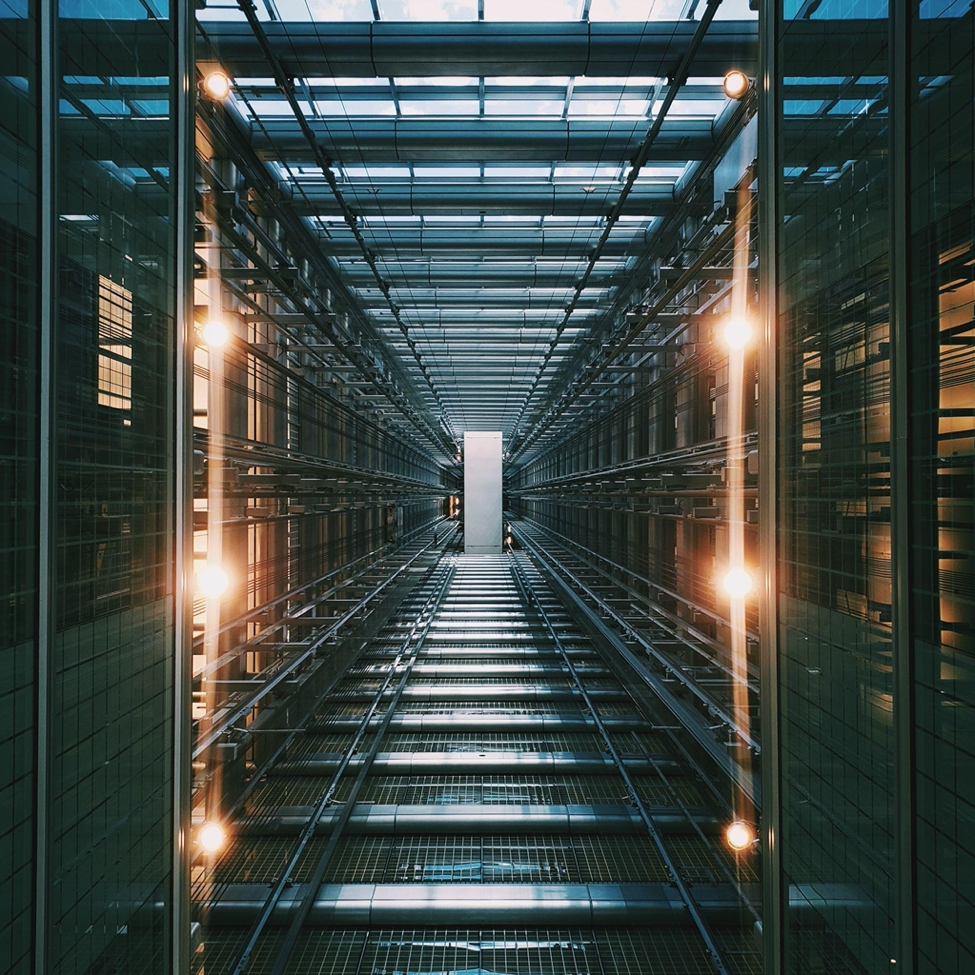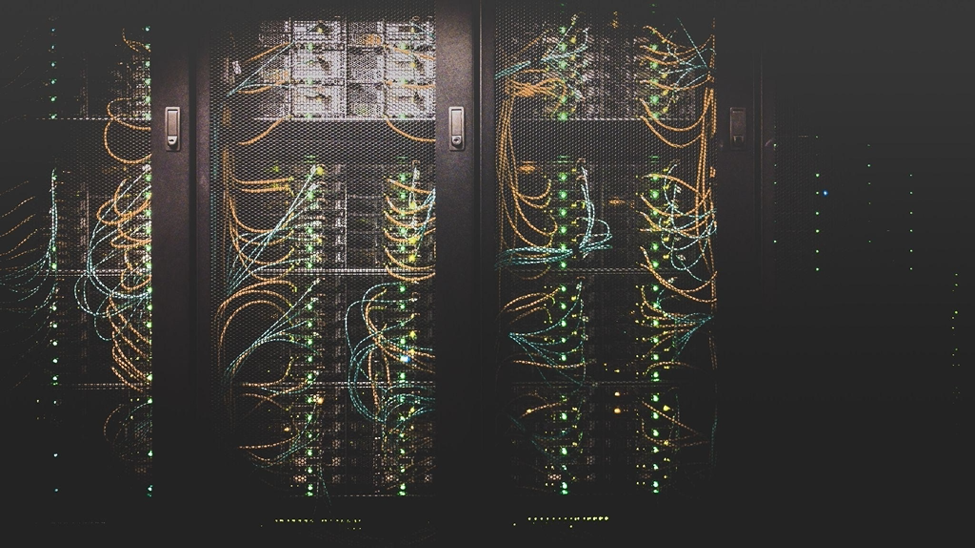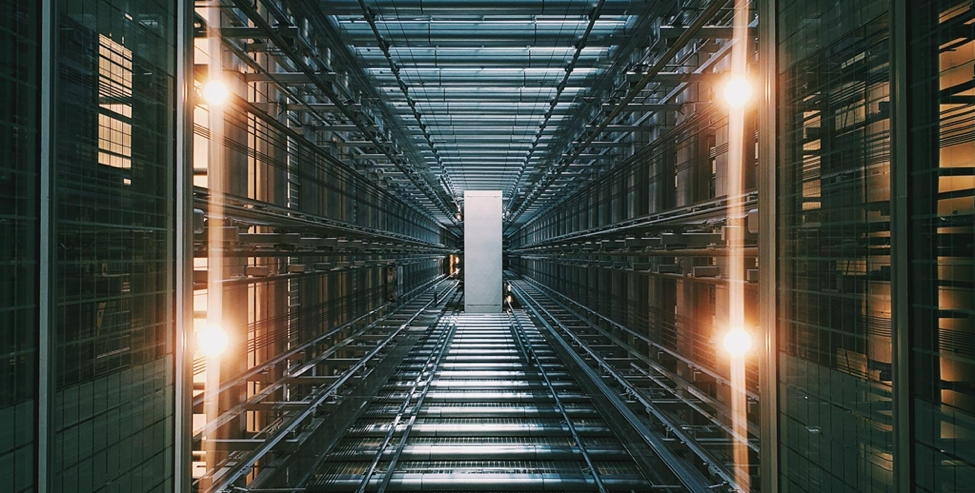What do limited edition sneakers and climate change have in common?
Have you ever stopped to think that the malicious bots buying all the limited edition sneakers are affecting the environment with fossil fuels?

By now, you should have realized that not all visitors coming to a website are regular people browsing on the internet. Chances are that you already heard about “bots” and it had a negative connotation attached to it, however, that is not accurate.
A bot is just a software program and whether it is considered “good” or “bad” actually depends on what it is programmed to do. Good bot traffic is beneficial to websites and used by search engines like Google, Yahoo or Bing, and digital assistants, such as Siri, Alexa or Google Assistant, to find your website and present it to whomever is searching for it. Bad bot traffic, on the other hand, is often implemented to check for and create additional vulnerabilities on targeted sites. It is a rapidly-growing phenomenon across the internet and capable of impacting businesses through ad fraud, inventory denial, credential cracking and data scraping, just to name a few examples.
From customer frustration and loss of customer loyalty to possible loss of control over private data, disruption of inventory operations or competitive monitoring, the potential outcome of not carrying out a strategy to address bad bot traffic is a clear negative one for websites. However, that’s not the entirety of this problem, there is more than what meets the eye.

As we continue to develop new solutions, platforms and consume information altogether, our reliance on the internet will grow. According to DataReportal, there are more than 5 billion internet users today. As the internet as a whole grows, so will the energy consumption recurring from it. Research estimates that the IT industry could use around 20% of all electricity produced and emit up to 5.5% of the world’s carbon emissions by 2025. Factor in the current global geopolitical moves, where energy supply is often being used as a weapon, it is crucial to understand where we can optimize the consumption.
Crypto Mining, when computers perform billions of calculations per second to find the algorithm of cryptocurrencies like Bitcoin, has been in the spotlight in the last few years as some operations were using 30 000 times as much power as the average U.S. home. However, it is far from being the only problem.
Data centers are the brain of the modern day internet processing, storing and communicating all the data we use every day. Considering the dimension of the task, it is only natural that data centers use a huge number of IT devices to assure that each of us can access the information they please. These devices use electricity to execute the task but also need cooling equipment, that also consumes energy, to cool the heat created by the devices in the first place.

Photo by Taylor Vick at Unsplash
According to data made available by CC Tech Group, up to 3% of all electricity generated on Earth is needed to run data centers worldwide and it seems that this number will only increase. Data centers are taking measures and doing their best to mitigate the energy consumption, however, the demand for their services just keeps on growing.
We’ve been mostly focused on mitigating energy consumption up until this point but there are other paths to take. For instance, optimizing existing data center resources and increasing their efficiency. If the data center resources were only being spent with internet operations that bring added value to our lives, like human navigation and good bot traffic, we could be looking at a big reduction in energy consumption. According to Statista numbers from 2021, around 28% of all internet traffic was coming from malicious bot traffic, which has no real value to the good use of the internet. Moreover, this type of traffic can effectively be blocked with advanced bot management tools like BotGuard.
It’s difficult to shake the tingling sense that we are ignoring the elephant in the room and looking for quick fixes alone. Making a difference in energy consumption and improving the quality of our internet resources should be on everyone’s day-to-day agenda. By now you can be thinking about how conceptual this could be so let’s play with some numbers.
The power needed to run data centers on a global scale is 416 terawatts, per Forbes. If malicious bot traffic accounts for 28% of all internet traffic, we can estimate that it could account for approximately 116,5 terawatts. That’s half of the United Kingdom’s consumption and it is expected to double every four years.
Moreover, we’re not taking into account that malicious bots consume much more resources than a human visitor in our simple estimate. A human visitor crawls the website for an average of 3 pages while a crawler bot makes thousands of requests to check all website pages from one end to the other, which requires much more load on the data centers processing capacity.
There are a couple players, like us at BotGuard, who are working on solutions that could help hosting and data center businesses protect themselves from the most sophisticated web threats but also address this issue and make a significantly positive environmental contribution. The climate fight is a global one and we need to take action with meaningful initiatives that are realistic, efficient and allow us to maintain our evolution path.

Comments
Comments for this post are closed.